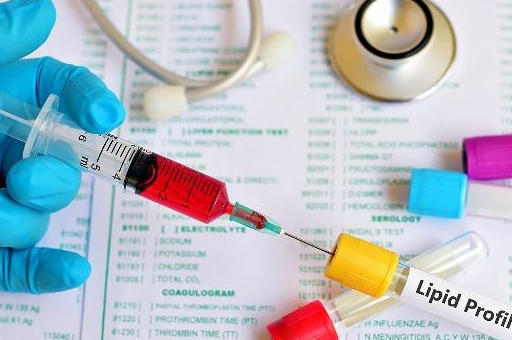In real life, more and more elderly people are suffering from hyperlipidemia, a chronic disease. In the process of hyperlipidemia development, it is easy to form blood clots on the walls of blood vessels. These clots can lead to arteriosclerosis, accelerate vascular lesions, and aging. Therefore, it is necessary to lower blood lipids through reasonable means in daily life to promote blood circulation and prevent health issues caused by excessively viscous blood. So, for elderly people with high blood lipids, what vegetables can they eat to improve the condition?
What should elderly people with high blood lipids do?
In daily life, if elderly people find that their blood lipids are high, they should appropriately consume some vegetables to supplement the body’s nutritional needs. Vegetables are mild and do not easily increase blood lipids, making common vegetables like cauliflower suitable for elderly consumption. Cauliflower contains various nutrients needed by the body and is beneficial for excreting toxins from the blood, preventing high blood lipid concentrations that could affect overall health. Therefore, elderly individuals with high blood lipids can consume cauliflower in moderation.
Elderly people should eat more eggplants as they contain Vitamin P essential for the body. This substance helps reduce blood lipids and eliminates excess cholesterol in the blood to prevent health issues caused by thickened blood. Additionally, Vitamin P can increase capillary elasticity, improve circulation, and effectively promote blood circulation. Hence, elderly individuals with high blood lipids can consume eggplants in moderation.
It is suitable for elderly individuals to consume celery since it contains essential vitamins, minerals, and trace elements needed by the body. Eating celery can promote intestinal peristalsis, improve constipation, and assist in the excretion of cholesterol and fat substances in the blood, thereby avoiding an increase in serum cholesterol and triglyceride levels, which worsen hyperlipidemia. Therefore, individuals with high blood lipids are suitable to consume more celery.
If you find that your blood lipids are high, you can consume cabbage appropriately. Cabbage contains a high amount of Vitamin C, which boosts immune function and provides excellent antioxidant effects. By consuming it in moderation, it helps in clearing excess cholesterol in the blood, lowering blood viscosity, and preventing the exacerbation of hyperlipidemia.
For individuals with relatively high blood lipids, they can consume some vegetables regularly to enhance health, for instance, bitter gourd is suitable for those with hyperlipidemia. Bitter gourd contains a significant amount of bitter gourd saponins, which effectively stabilize blood sugar, regulate blood lipids, and enhance immune function. Therefore, elderly individuals with high blood lipids can consume bitter gourd in moderation.
Elderly individuals who aim to stabilize their blood lipids can include mustard greens in their diet. Mustard greens are common green vegetables with high nutritional value that effectively supplement calcium and help eliminate excess cholesterol in the blood, thus achieving the goal of stabilizing blood lipids.


